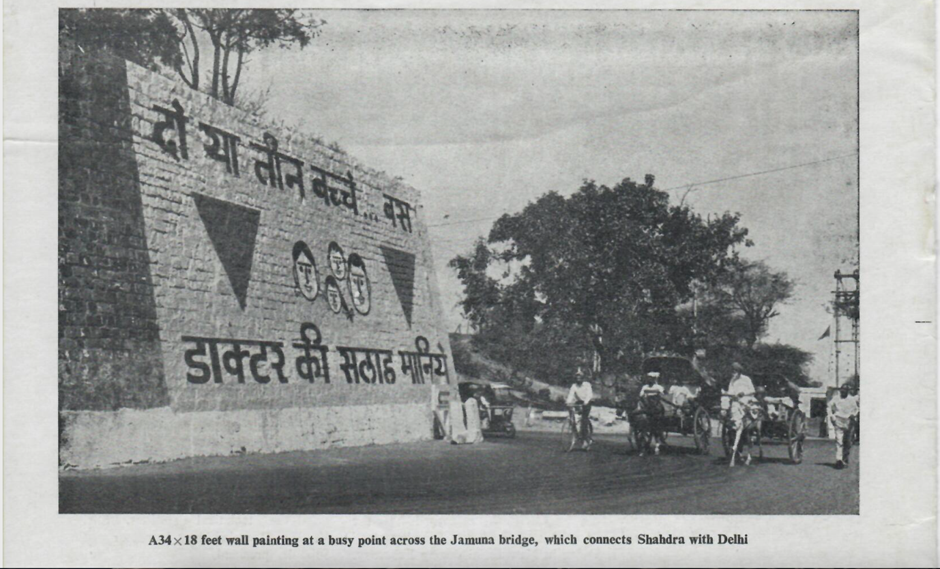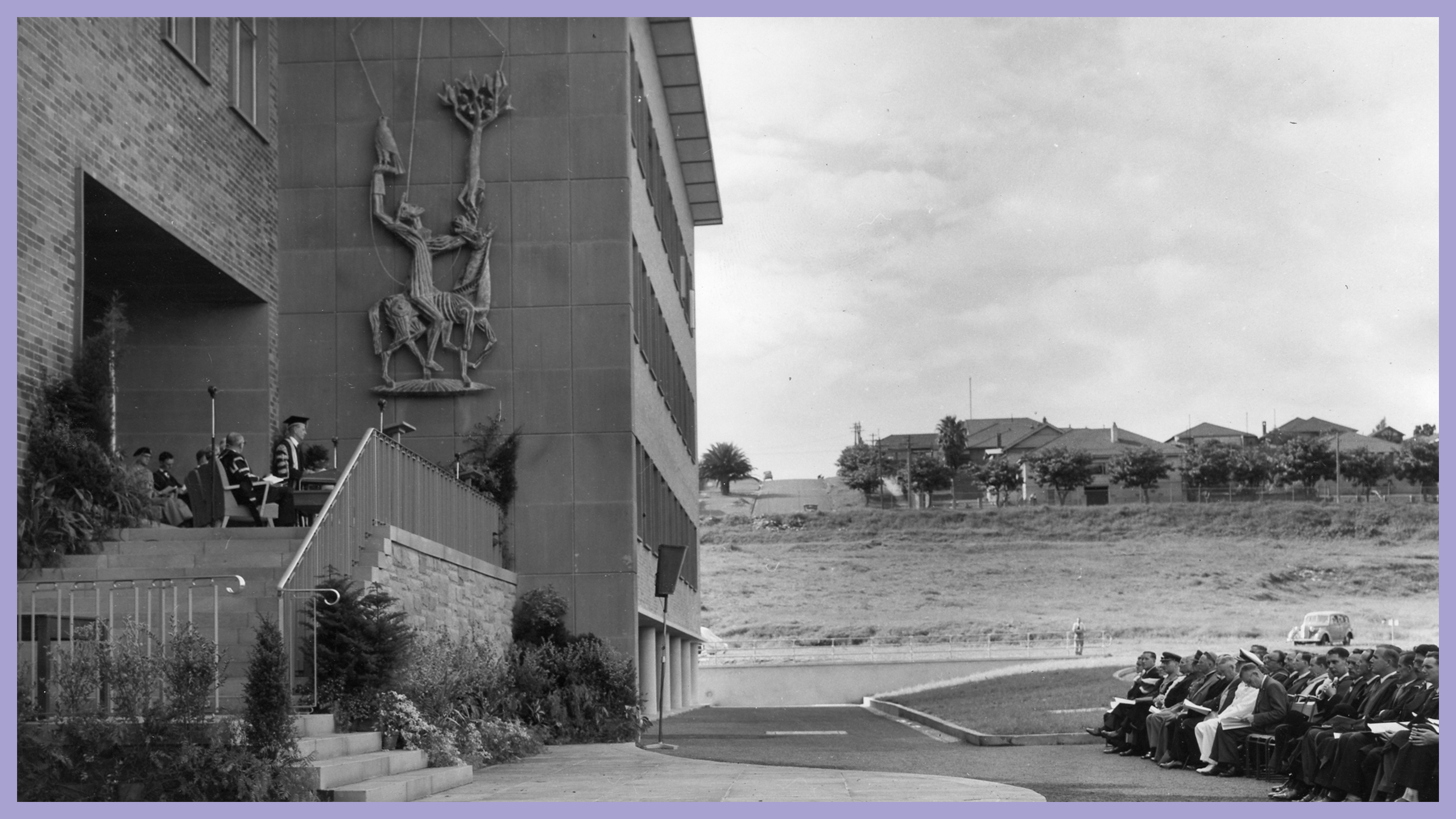The Family Within a Triangle: The creation, circulation and afterlife of a family planning campaign

This paper explores the visual artefact that represented the national family planning programme in India: Hum Do Hamare Do (We are Two, will have Two Children). The campaign was created in 1967. It consisted of a couple with two children: a boy and a girl in an inverted triangle. The inverted red triangle, simultaneous to the campaign, became the symbol of the international family planning movement. Tracing its creation and circulation helps unearth the assumptions of developmental modernity that guided its ideation. The slogan and its visual partner travelled across and beyond India to signify the nearest family planning centre. Posters, signposts and travelling theatrical performances showcased the power of the symbol and its impact on the developing world. The paper will trace the history of this campaign and ask what factors enabled its creation. The mythical family within the inverted triangle attained a life beyond governmental advocacy to become a cultural marker of modernity in postcolonial India. In many ways, it became a visual representation of the Indian middle class.
Anxiety of population explosion steered India to become the first nation in the world to have an official policy on population control. The worry of burgeoning numbers was tied to nation-building through an economic rationality- no matter ho much the nation was planning the economy, building dams, technological institutes and hospitals, the per capita income could not rise because of increase in population. This line of reasoning reverberated across politics of power blocs of Cold War. The paper knits this context into the narrative of the campaign and explains how it became a way for the idea of the small family as the modern family to retain legitimacy even through the years of forced sterilizations of the Emergency (1975-77). Such an investigation is also useful to understand the histories of mass media-led public health campaigns in the global south.
About the speaker: Aprajita Sarcar is currently a postdoctoral researcher in the Centre de Sciences Humaines, New Delhi. She works on everyday governance of population in postcolonial India. She holds a PhD from Department of History, Queen’s University, Canada. Her work is interdisciplinary and requires a combination of watching films (if not co-creating them), reading archival dust, talking to people, and triangulating how the three mount a multi-layered social reality.



